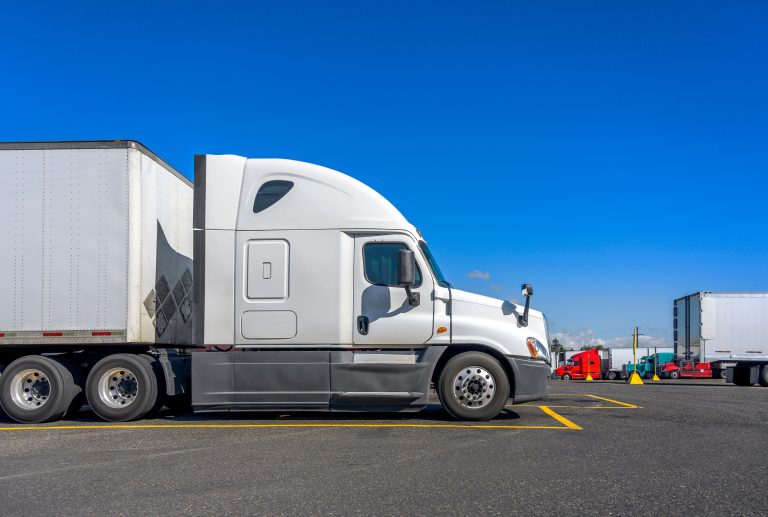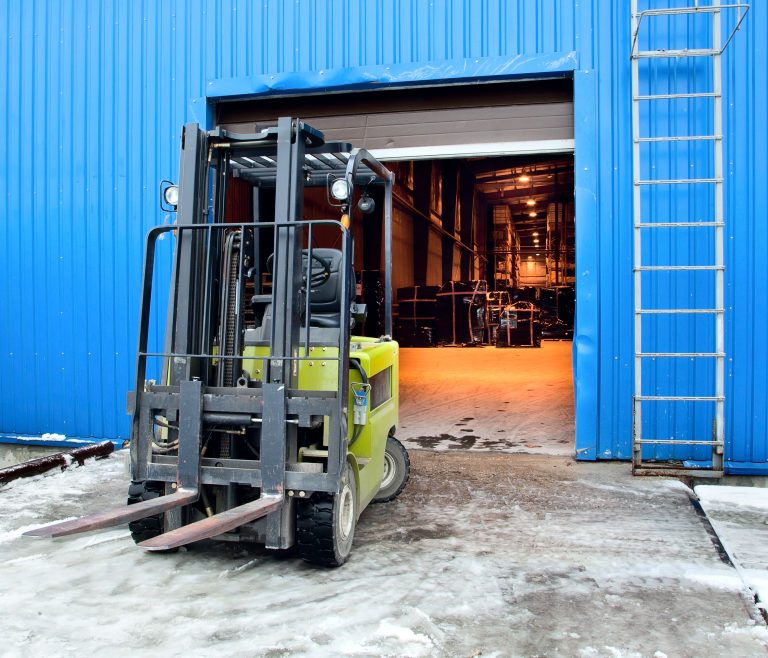In the shipping industry, technology has a tremendous impact on the transportation of goods. One of the most significant changes the industry has undergone is the increasing popularity of spot freight.
As the shipping industry moves forward, it seems likely that this trend will only continue to accelerate.
What Is Spot Freight?
Most companies ship using contract freight, in which companies engage a shipping company for their long-term shipping needs at an agreed-upon rate, usually for at least 12 to 24 months.
In contrast, spot freight involves collecting quotes from several different logistics companies, then choosing the best rate for an individual shipment.
While spot freight might sound like it’s a last-minute arrangement, that isn’t always the case. Companies can make spot freight arrangements at any time, and many such arrangements are made weeks or months before the shipment.
Payment isn’t always required at the time, either, with many companies offering credit up to 90 days out.

The Difference Between Spot and Contract Rates
When comparing spot and contract freight, the most significant consideration is price vs. predictability. Spot freight gives you the chance to choose the best price at a given moment for a specific load. This option may end up costing far less than an agreed-upon contract rate.
However, with a contract rate, you know how much you’ll need to pay during a given window of time, making it easier to plan your budget.
While spot freight is increasing in popularity, it is far from immune to rate fluctuations.
According to the Journal of Commerce, shipping prices are up 48% compared to last year. While contract rates may have initially been higher than the spot freight rate over the past year, contract rates would have been considerably cheaper over the past year.
One additional factor to keep in mind is that spot freight can involve much more legwork on your end. You may need to secure multiple carriers to complete your shipment, which means you may spend more time on your arrangements, even as you save money.
How Do Companies Use Spot Freight?
There are several situations in which spot freight works best for both the shipper and the carrier. Here are some common ones:
Expedited Shipping
When a shipment needs to go out as soon as possible, it usually requires special arrangements. In these cases, the delivery date becomes the most important consideration, often eclipsing price.
New Customers
When a company considers taking on a new client, they may offer to make one or two shipments at a spot freight rate as a trial period. These rates may be below the contract rate as a means of attracting business.
Project Shipping
One-time events don’t usually work well with contract shipping due to their short-term nature. Instead, shippers will make spot freight arrangements well before shipping to take advantage of the best rates.
Excess Capacity
If a carrier has empty space on a truck that is headed to the destination where the shipper needs to ship their goods, they may be willing to offer a lower rate for a one-time spot freight shipment.
Exceptions
When a problem arises during the normal contract shipping process, spot freight can provide a quick way for shippers to overcome delays, from weather to breakdowns to overbooking.

What are the Spot Freight Benefits and Drawbacks?
Benefits to spot freight include:
- Ability to ship to different locations outside of shipping lane
- Flexibility for shipments at irregular times
- No contract limits for volume
- Potential savings when rates decrease
Drawbacks to spot freight include:
- Reliance on a broker to build relationships with carriers
- May lose access to carriers with established contract clients
- Lack of stability can make shipping costs unpredictable
- Consistency can vary from carrier to carrier

What is spot freight, and how can I take advantage of it? When you want to find out, contact the experts at R2 Logistics. We’ll leverage our industry-leading technology to make sure your freight gets delivered when you need it.
